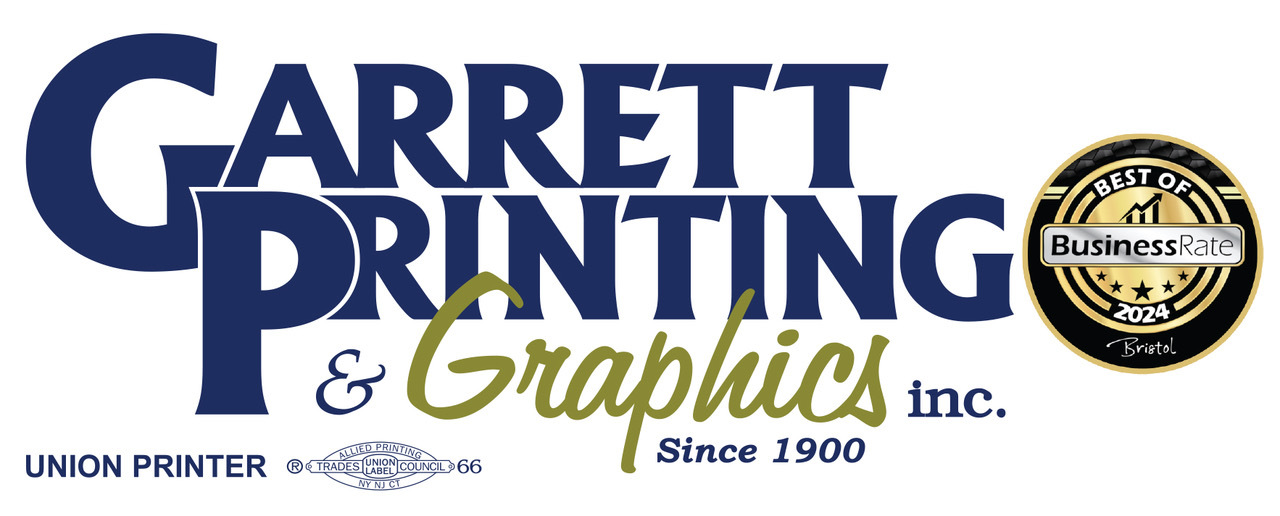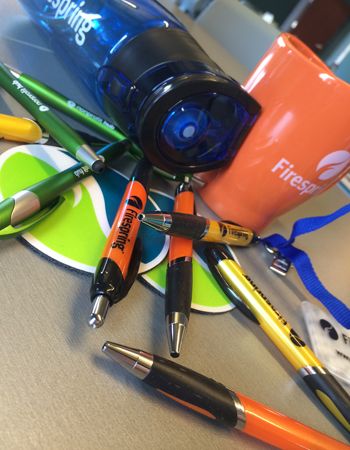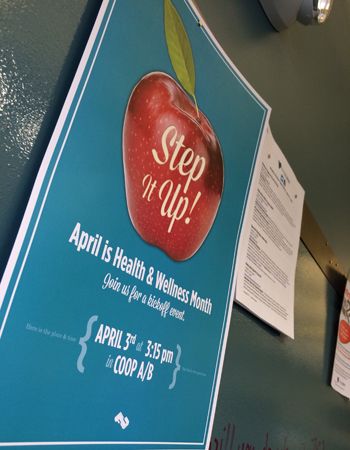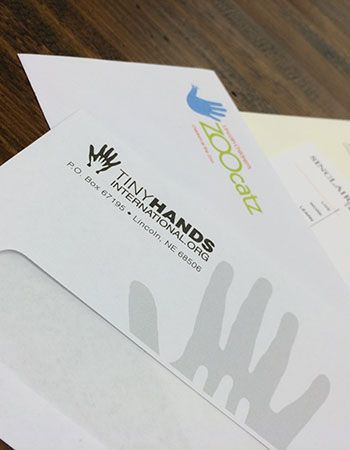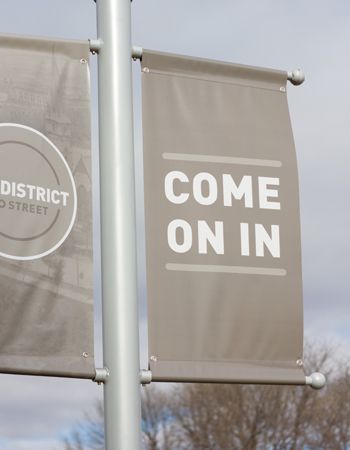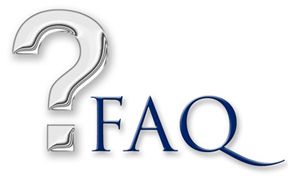
Here you'll find answers to common questions our clients ask. Start by selecting one of the links below. If you don’t see what you need – call or contact us online.
- At what resolution should I save my photos and graphics?
- How do I go about getting an estimate from you?
- How do I order an exact repeat of a previous job?
- How long does it take for you to complete my order?
- How will I get my job?
- Is white considered a printing color?
- Tips on how to save your design files
- What do I need to provide for variable data projects?
- What file format should I use when submitting my electronic document for printing?
- What forms of payment do you accept?
- What is a "proof"?
- What is the Pantone Matching System?
- What is variable data printing?
- What type of products and services do you provide?
- Why do the printed colors look different from the colors on my screen?
-
At what resolution should I save my photos and graphics?
Resolution should be set to 300 dpi.
Pictures and graphics pulled from the internet are often low resolution, typically 72 dpi or 96 dpi. Avoid these graphics, as they will appear pixilated and blocky when printed.
-
How do I go about getting an estimate from you?
We highly recommend you use our online estimate request form at anytime, otherwise, you can call and talk to a representative during business hours.
-
How do I order an exact repeat of a previous job?One of the great things about our website is the ability to keep a history of your orders online. To order a reprint, simply log onto your customer portal, browse through your history of orders and re-select the item and quantities you need. We will then proceed with production. It's that easy!
-
How long does it take for you to complete my order?
Typically, you will see a proof within 3 business days from when you first order. As soon as the item is approved, usual turnaround time for the production is 5-10 business days for most printed items. Promotional items may take several days longer. We can always give you a more firm ship date, if desired.
If there is an item that needs faster turnaround, we can often put a rush order on it.*
* Rush orders may be subject to an additional rush charge depending on scheduling, materials etc. Please contact your representative for details.
-
How will I get my job?One of several ways:
-Jobs may always be picked up upon completion at our store.
-Some jobs may be shipped out via UPS depending on location.
-Still other jobs will be hand delivered by a Garrett Printing representative at various times throughout the week. Jobs are usually delivered to continuing customers and those who fall within our usual delivery areas. -
Is white considered a printing color?
Not typically. Because white is the default color of paper, it is simply recognized as the absence of any ink. However, when using colored paper, white ink may be used if any text or graphic requires it.
-
Tips on how to save your design files
INDESIGN/ILLUSTRATOR:
• Embed all Images
• Convert all your text/copy to paths
• Export as Adobe PDF (Print) with bleeds and crop marksCANVA:
• Go into File>Settings>Show print bleed
This will help you see the 1/8" extra image or background area that will
be trimmed off if your art prints to the edge of the paper.
• Go into Share>Download>File Type and select "PDF Print", then click "Crop marks and bleed", and "Flatten PDF". Ok to leave on RGB for color profile, but if you have a premium subscription, please use CMYK.ALL OTHER PROGRAMS:
Must export or save as highest quality PDF (with bleeds and crop marks if possible)
Publisher has capability to save for "Commercial Printer" with crop marks and bleeds. -
What do I need to provide for variable data projects?
We work with many types of data files, but CSV files are the safest bet. These are data files that have commas separating each field, and returns separating each line of data. To save time and hassle, make sure your data is properly formatted with each piece of data in separate fields, i.e., first name in one column, last name in the next column, street address in its own column, city in another, etc.
Of course, we can accept Excel files as well.
-
What file format should I use when submitting my electronic document for printing?
PDF (Portable Document Format) is the most common and preferred file format for submitting digital documents.
-
What forms of payment do you accept?
We accept cash, company check and all major credit cards. We can also set up a business account for you, as well. Contact us for details.
-
What is a "proof"?
A proof is a way of ensuring that we have set your type accurately and that everything is positioned according to your requirements. Typically, we will produce a proof which will be sent to you online or printed on paper which can be viewed in our store or delivered to you in person.
On multiple color jobs, we can produce a color proof on our color output device to show how the different colors will appear.
We cannot stress enough how important the proofing process is. Since most printing is a custom product, proofing allows our customers to verify that we are both "on the same page", so to speak. Many costly errors can be avoided by spending a couple extra minutes carefully looking over a draft.
-
What is the Pantone Matching System?
The Pantone Matching System (PMS) is a color reproduction standard in which colors all across the spectrum are each identified by a unique, independent number. The use of PMS allows us to precisely match colors and maintain color consistency throughout the printing process.
-
What is variable data printing?
Variable data printing is technology for printing documents so that each piece is personalized to the specific recipient. At the most basic level, this means personalizing a name and address. But for real impact, many projects include unique graphics and content that speaks directly to the recipient.
-
Good question! We are a full service shop and offer a wide range of products and services. To see a full listing and description of what we can offer you, check out the Products & Services area in the Service Center section of our website.
-
Why do the printed colors look different from the colors on my screen?
In short, printers and monitors produce colors in different ways.
Monitors use the RGB (red, green, blue) color model, which usually supports a wider spectrum of colors. Printers use the CMYK (cyan, magenta, yellow, black) color model, which can reproduce most—but not all—of the colors in the RGB color model. Depending on the equipment used, CMYK generally matches 85–90% of the colors in the RGB model.
When a color is selected from the RGB model that is out of the range of the CMYK model, the application chooses what it thinks is the closest color that will match. Programs like Adobe Photoshop will allow you to choose which color will be replaced. Others may not.
